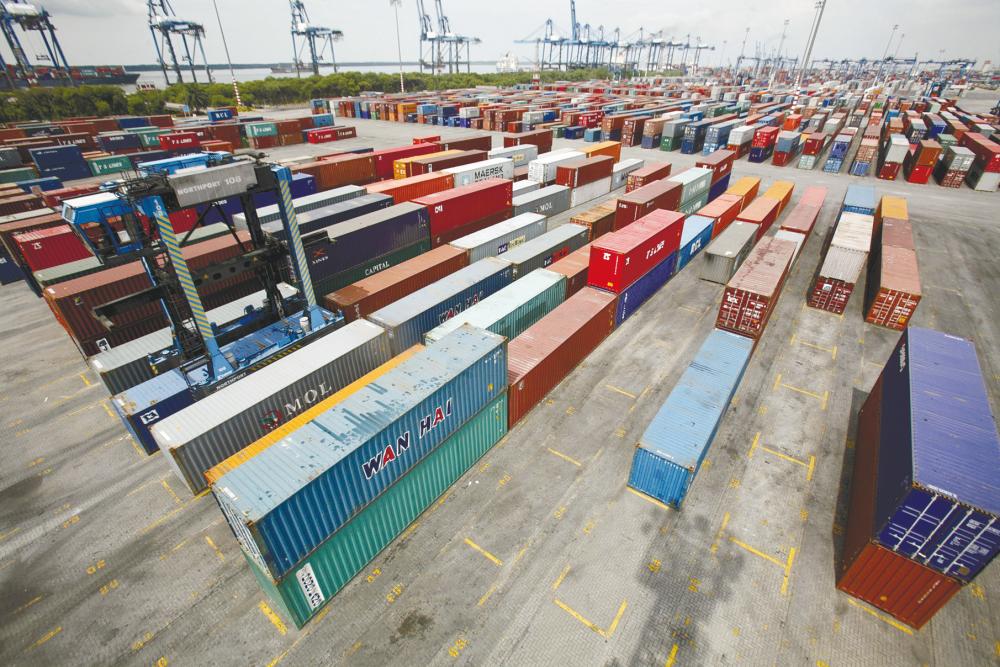UNCERTAINTY over when our country will begin to fully normalise, albeit under the “new normal” with the complete lifting of the MCO, and the introduction of an exit strategy have given rise to worries about food security.
There is a need to adopt a holistic approach that treats food security not just on its own but is also linked with the issue of food prices and inflation.
For discussion here, we could assign food security to be the “supply-side” of the policy equation. Therefore, food prices and inflation would be the “demand-side”.
This can be illustrated with the maximum price scheme for the Raya season in relation to food and food-related items such as tomatoes, red chillies, large onions and dried chillies.
This came on the heels of reports that prices of essential and major food items such as chicken have gone up further. In Kuantan, the latest price of chicken is around RM10 per kilo, up from the MCO level of RM7.50. This represents five times the average increase of 50 sen.
In looking at the bigger picture, we can see that the problem is not just confined to the ramping up of demand during the festive season.
We can see that during the initial stages of MCO phase 1, goods that were classified as non-essential were stuck at ports. This has contributed to disruption in the domestic supply chain with a knock-on effect on distribution channels and adding to the havoc in the rest of the economy.
Now obviously while food and beverage are not classified as non-essential, nevertheless the build-up of non-essential goods at the ports can impede off-loading of incoming essential goods.
Moreover, the prices of certain food items has also risen significantly under MCO phase 1. Not only that, there are also reports of shortages of vegetables, especially from Cameron Highlands.
In Alor Star, the price for cabbage per kilo has gone up from RM4 to RM6.50. Whereas, 1kg of large chillies went up to RM12 compared to its initial price of RM8 per kilo.
Lorries transporting vegetables have reported roadblocks, shorter operating hours and lack of manpower to offload supplies.
On the other hand, the shutting down of restaurants and limitations on wet market operations have also played a part in disrupting the supply chain and reducing fresh food supplies.
Even though these were not food and beverage items but raw materials and semi-finished goods for manufacturing, still the delays and uncertainties add to the burden of the port authorities in terms of the risk of overcapacity, not to mention the backlog in the supply chain.
If the situation is not managed well, storage and demurrage costs will have to be passed on to consumers, as confirmed by the Alvin Chua, president of the Federation of Freight Forwarders Malaysia.
This will have the effect of stoking inflationary pressures at a time when unemployment levels are rising.
In turn, this will have the effect of exacerbating food insecurity.
In making their way to the market, we still need to make sure that food prices and inflation are also managed competently.
As such, in managing food security by managing food prices and inflation, the government is urged to increase its role in the following:
1. Stockpiling – the government as the stockpiler/buyer-of-the-last-resort via its purchasing power. This not only enhances the income of farmers and agricultural producers during seasons of a supply glut, but also goes a long way to neutralise the bargaining advantage of middlemen who can apply undue pressure to extract “dirt-cheap” prices.
2. Integrated food parks – where farming, production, and distribution are clustered together to save costs and shorten the supply chain, including short-circuiting the role of the middlemen. Increase the number of integrated food parks and strategically spread out their locations.
3. Surveillance of price controls – the government to step up on the enforcement and monitoring and surveillance through employing of more front-liners (which is also a part of the jobs creation strategy).
4. Cooperatives – the government through the Ministry of Entrepreneur Development and Cooperatives to augment the role of the cooperatives as part of the distribution channels in the supply chain. At the same time, through the practice of bulk purchasing, the distribution channels would be less reliant on the middlemen.
5. Agri-for-food security task force – the government to set up an all-round task force to tackle the challenge of ensuring food security comprising agricultural experts, agropreneurs, economists, consultants, food scientists, etc. under the chairmanship of the prime minister and assisted by the minister of agriculture and food industries.
Currently, our overall self-sufficiency level is below 75%. Our Global Food Security Index – as a whole – had improved to 28 out of 113 countries in 2019 with a score of 73.8 which is considered “good” attainment level.
Broken down into the specific sub-categories, in terms of food affordability, we are ranked 28. But for both food accessibility and food security, we are at ranked 42. So, there is much room for improvement.
Thus, it cannot be emphasised enough, at the end of the day, food security is bound up with the dynamics of food prices and inflation as well.
Therefore, it is critical to ensure that the entire supply chain – and not just farming and production – is integral to the efforts to contain food prices and inflation.
We just need the political will to do a bit more, that’s all.
Jason Loh Seong Wei is head of Social, Law and Human Rights at EMIR Research.















